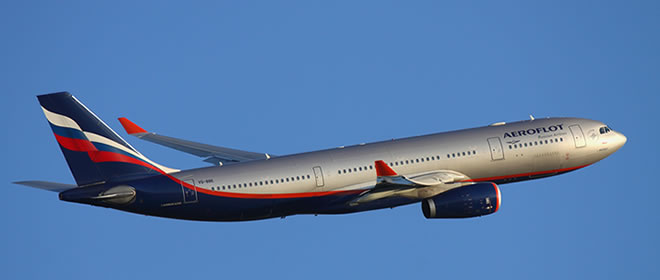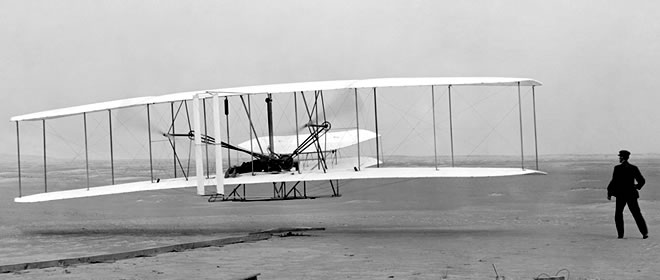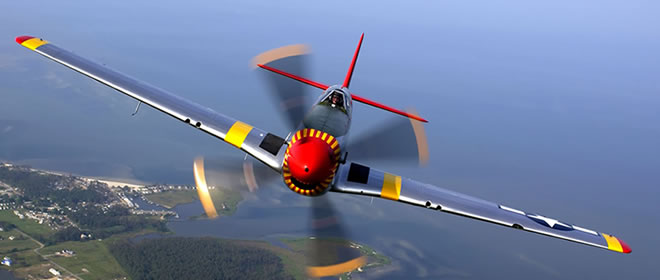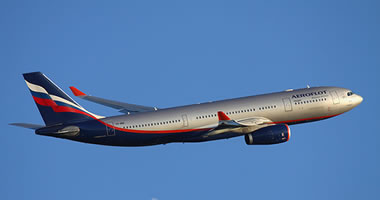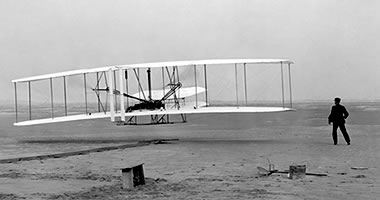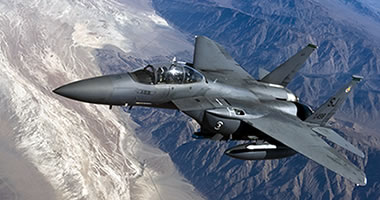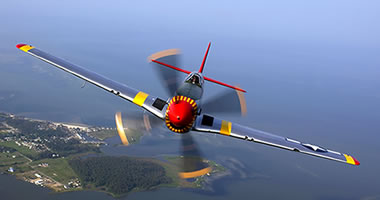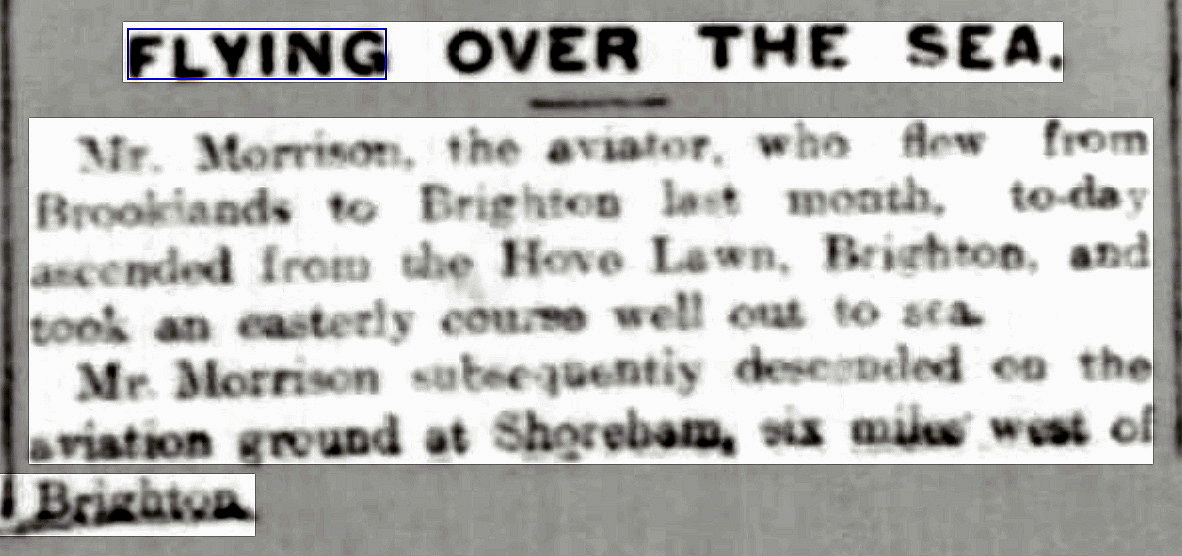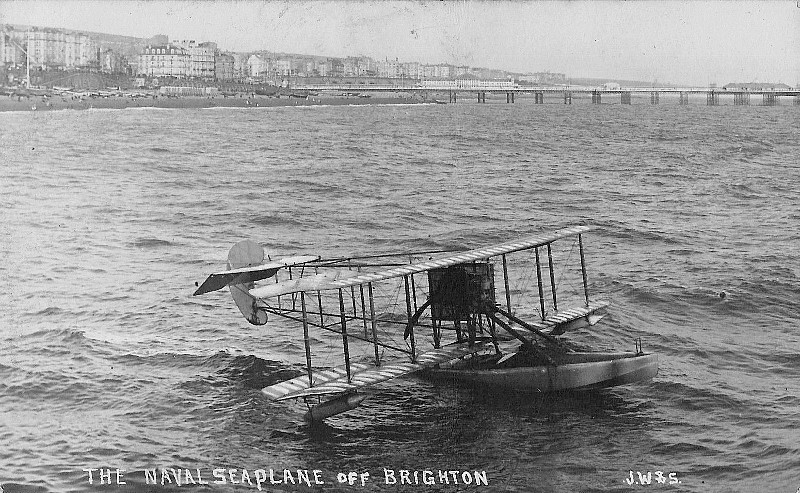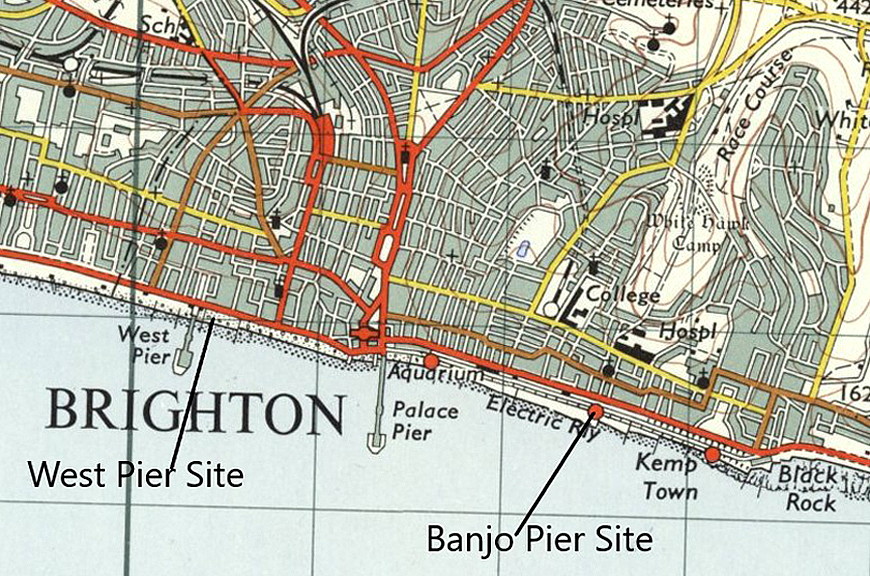Brighton flying sites
Note: This map only gives the centre of Brighton City within the UK.
BRIGHTON see also EAST BRIGHTON PARK
BRIGHTON see also ROYAL SUSSEX COUNTY HOSPITAL
BRIGHTON: Balloon ascent
Location: Brooker Hall, New Church Road
NOTES: In his book Flying and Ballooning John Fabb includes a photograph of a balloon ascent from this site, probably taken in 1905?
BRIGHTON: Temporary flying site(s)
NOTES:
I have Paul Steadman to thank for this. Gleaned from The Encyclopedia of Brighton by Timothy Calder, East Sussex County Council, 1990.
"The first aeroplane seen in the skies above Brighton was a Blériot monoplane which was reconstructed on the beach at Black Rock by André Beaumont, a French pioneer who had sailed over from France. With Harry Preston as his passenger, Beaumont flew low over the town and sea for forty-five minutes in 1910."
On the 17th February 1911 Mr Oscar Morrison [sic] flew from BROOKLANDS to BRIGHTON and “landed on the shingle with the result he damaged his chassis and broke his propeller - after repairs he took off from the lawns at BRIGHTON. It appears he landed near Banjo Groyne, and the propeller was hung as a souvenir by Harry Preston in the Royal York Hotel for many years. It now appears that Morison landed here on the 15th February.
Again from Timothy Calder: "The Preston brothers, together with Mr Rosenthal of the Palace Pier Company, presented an £80 prize for a 'Grand Aerial Race' from Brooklands to Brighton on 6 May 1911, won on handicap by Gustave Hamel in a Blériot monoplane." But here again - where did they land? Presumably at SHOREHAM?
A MICHAEL T HOLDER GALLERY
In August 2023, Mike Holder, a great friend of this 'Guide', took it upon himself to see what evidence he could find regarding Oscar Morison's flight.
The photo is from the Brighton Archives. The Article One was published in the Aberdeen Press and Journal on the 16th February 1911.
Article Two was published in the Bradford Daily Telegraph on the 7th March 1911. The photo of Oscar Morison was published in Flight magazine on the 1st July 1911.
Article Three was published in the Brighton Herald on the 11th March 1911.
Article Four was published in the Brighton Herald on the 30th December 1911.
PRESTON PARK
We also have Mike Holder for both finding this information and providing the illustrations. It appears that on the 6th September 1911, James Valentine flew from SHOREHAM to PRESTON PARK, just north of Brighton town centre, (as Brighton then was still a town), to make an appearance at the event being held there.
The picture of Valentine flying was published in The Aeroplane on the 28th September 1911. The newspaper article was published in the Pall Mall Gazette on the 7th September 1911.
Note: The magazine article was published in The Aeroplane on the 14th September 1911.
Mr Mike Holder has also discovered this account of a flight made by Mr James Travers, in a hydroplane, on the 16th August 1912. This was published in the Lancashire Evening Post on the 17th August 1912. Typically, and as so often, the exact departure point in Brighton is not given.
It appears another race from London to Brighton was held in 1913. Is anything more known?
ANOTHER FAILURE
I have tried and tried without any success to discover what the full itinerary was in 1912 when the Daily Mail sponsored Claude Grahame-White to mount a ‘Wake Up England’ campaign using seaplanes. My idea to pitch this question here was purely arbitary, it could equally be asked of SOUTHEND, SCARBOROUGH, BLACKPOOL, TORQUAY etc? It is said that 120 seaside towns were visited, 500 exhibition flights given and over 1000 passengers carried. Surely a most notable feat in our aviation history? However I can date his visit here, this being on the 1st August 1912 - or, did he stay longer?
BRIGHTON: Seasonal seaplane base
Note: The first picture (2016) was obtained from Google Earth ©
The other three photos were published in The Aeroplane on the 23rd October 1913, and featured a Curtiss flying boat. In the first picture Mr Curtiss is in the 'boat' and Mr Cooper is starting the engine. In the second picture Mr Curtiss is standing on the left, Lt. Porte RN is in the centre and Mr Loftus Bryan is on the right.
Operated by: Volk’s (Electric Railway)
Location: From the beach at Banjo Groyne
Period of operation: 1912 to 1914?
NOTES: In his book British Built Aircraft Vol.3 Ron Smith provides an illustration of an advert produced by/for Volk’s Electric Railway of which I have given an approximate rendition:
BRIGHTON
NEW HYDRO – AEROPLANE STATION.
WE SHALL HAVE AVAILABLE DURING THE COMING SEASON A LARGE HANGAR WITH
SLIPWAY, ON THE SAME SITE USED WITH GREAT SUCCESS LAST SEASON.
AVIATORS CAN HAVE FREE USE OF SAME SHOULD THEY WISH TO PAY BRIGHTON
“A FLYING VISIT.”
WE ARE ALSO OPEN TO NEGOTIATE FOR EXHIBITION AND PASSENGER CARRYING FLIGHTS
ADDRESS: VOLK’S ELECTRIC RAILWAY.
Quite a remarkable advertisement I trust you will agree and today the offer of free use of the slipway and hangar for visiting pilots seems an extraordinary offer of largesse. We do need of course to remember that any visiting pilot would draw a great deal of press and public attention and these days would be, I suppose, be described as a ‘loss leader’ promotion?
Much later after listing the above, Mr Mike Holder found this advert, identically similar, which was published in The Aeroplane magazine on the 13th February 1913.
I have also found another account by C C Turner of Mr Collyns Pizey delivering a new Bristol military aeroplane, (presumably a Boxkite?), from Salisbury Plain, (LARKHILL?) to deliver it to Mr O C Morison at BRIGHTON, (not SHOREHAM).
C C Turner would have been well aware of the distinction between the two places but I suppose a slip of the pen cannot be discounted? On the way Pizey flew straight through a thunderstorm, surrounded by lightning and losing sight of the ground in the torrential rain.
It appears Mr J Radley and Mr E C G England based their Waterplane here at certain periods and from the Spring of 1914 Frank Fowler (Eastbourne Aviation Company) operated EAC-built Farman seaplanes for passenger flights. Whow, what would we think of this today? An opportunity not to be missed, certainly, but on the other hand would we take such a risk?
The idea is purely notional obviously as the CAA and Brighton Health and Safety officers would close the operation down before the hangar doors were opened. And yet, it really does seem, that these operations proceeded with a remarkably good safety record. Or do you know otherwise?
A MICHAEL T HOLDER GALLERY
Note: This roughly covers the period from 1911 to 1916.
Note: These three pictures were taken from Volks Waterplane Station at the Banjo pier and published in The Aeroplane.
The dates being, from left to right, 1st August 1912, 7th August 1913 and 21st August 1913. The first picture(s) of Claude Grahame-White were taken during his Daily Mail 'Wake Up England' tour.
Note: The second item is an article published in the Bexhill-on-Sea Observer on the 12th April 1913. The picture of the Sopwith Bat Boat No.38 was taken from the West Pier on the 23rd August 1912, and it was wrecked in a storm that night.
Note: The seventh item was published in the Westminster Gazette on the 25th August 1913.
Note: The eighth item was published in the Hampshire Independent on the 30th August 1913. The ninth item is another picture taken from the West Pier of the Sopwith Bat Boat No.38 showing Lt. Spencer Grey with a passenger. (Courtesy of the National Museum of the Royal Navy). The eleventh item was published in The Aeroplane on the 8th July 1914.
Note: The thirteenth item was published in The Aeroplane on the 26th July 1916.
BRIGHTON: Temporary joy-riding aerodrome
Operated by: Avro Transport Co
Location: ? The beach or on land?
Period of operation: 1919 to 1924?
NOTES: The Avro 536 G-EAKJ at least was used, and I suspect other aircraft operated by the Avro Transport Co. For what it is worth, and considering the nature and lay-out of the Brighton sea-front, I would image they used floatplanes. It appears that G-EAKJ was withdrawn from use on the 16th May 1926.
BRIGHTON: Temporary seaplane aerodrome
Operated by: Eastbourne Aviation Co
Location: On beach
Period of operation: 1919 to 1920 only?
NOTES: Their Avro 504L floatplane G-EAJH was pictured here about this period, and it sank off Hove on the 19th August 1920.
BRIGHTON: Temporary aerodrome?
NOTES: In August 1929 Brighton was the 56th venue for Sir Alan Cobham's Municipal Aerodrome Campaign. It started in May and ended in October with one hundred and seven venues visited. Mostly in England but with two in Wales and eight in Scotland. Did he use SHOREHAM?
The aircraft Cobham used for this Tour was the DH61 'Giant Moth' G-AAEV, named 'Youth of Britain'. But, it has to be asked, why on earth did he visit Brighton? With SHOREHAM well established just along the coast, there was clearly no need for him to visit promoting the idea of the town, (as it then was - now a City), having an aerodrome/airport. So what was the purpose of this visit? Or perhaps, was he keen to promote SHOREHAM being upgraded to being used as a regional airport? I can strongly recommend reading his memoirs in 'A Time To Fly'.
On the 13th August 1933 Sir Alan Cobham’s No.1 Tour displayed in/near Brighton. I suppose they just might have used SHOREHAM but think it unlikely as the highly intensive activity of the Cobham crew would certainly have impeded the normal activities at this busy aerodrome. Also, the Cobham Tours and other 'flying circus' operators did, as a general rule, much prefer to operate away from established aerodromes.
Is the venue they used now known? This said, regional airports certainly were used by the various “Flying Circus” operators in the late 1920s and early to mid 1930s. BRIGHTON is also listed on the 17th and 18th June 1933 as the venue for Cobham’s No.2 Tour
BRIGHTON: Military airstrip
Military user: The US Army Air Corps only?
Location: ? I think it would be unwise to suppose that they were based at SHOREHAM?
Period of operation: 1942 to 1945 only?
NOTES: In February 2019 I was kindly contacted by Paul Steadman, a life-long Brighton resident, who supplied me with a wealth of information regarding the aviation history of the city. He has never come across any mention of it, and nothing appears in either of the Brighton Encyclopedias. But, as the information came from a well respected source regarding US Army liaison aircraft operating in the UK during WW2 - I shall keep this posted - just in case something might emerge.
BRIGHTON: Private/company helipad?
NOTES: I’m being a bit mischievous here, having discovered a listing saying that in the mid 1970s the Bell 206B JetRanger G-BASE registered to Endeavour Aviation Ltd was based in Brighton. In the normal scheme of things I’d have thought SHOREHAM was the obvious base but it does seem likely that Brighton it was - but where?
Here again Paul Steadman has come to the rescue. G-BASE had a hangar just inside the racecourse compound and just north of the grandstands, at the top of Whitehawk Hill.
BRIGHTON DOWNS: Balloon launching site
NOTES: Conducted by Captain Templar in 1880 during the Brighton Volunteer Review
BRIGHTON RACECOURSE: Company/corporate helicopter landing area
What surprises me is that looking at Google Earth images back to 2004, I cannot see any evidence of a marked helicopter landing area. I suppose some kind of temporary markings/signs are placed on race days?
Location: 1.5nm ENE of Brighton town centre
Landing area: 1998, area of uneven/sloping ground near long straight adjacent to golf course
BRIGHTON SEAFRONT: Flying displays.
NOTES: I am making this entry simply to illustrate that over the years flying displays can be roughly divided between those we have today, that are planned in detail and strictly administered airshows, to the more or less ad hoc affairs of the 1920s and 30s. Or, just exuberant pilots out for a lark about.
In his excellent book Fighter Heroes of WW1 Joshua Levine includes these remarks; “….pilots had to learn to make cross-country flights. Charles Chabot remembers a particularly popular method of navigation: ‘One wasn’t particularly instructed in the use of a compass and our map-reading technique was not very good. When we had to get from A to B, most of us used to fly by ‘Bradshaw’. That was the name of the railway guide. One simply followed the railway lines. It was the recognised way of getting about.’
Another much favoured method, apart from following large rivers, is of course to follow a coastline. A method I often very much liked to employ. And of course, even observing the 500ft rule, it affords stunning views as often as not.
In the first decade of the 21st century Michael Portillo fronted a very interesting TV series comparing a Bradshaw guide with the present situation. This was the first time I’d heard of the ‘Bradshaw Guide’. Joshua Levine adds: “A pilot who ‘Bradshawed’ his way down to a seaside resort, like Archibald Yuille, might have an enjoyable day out: ‘We used to go to Brighton and fly along the seafront and very often below the level of the pier. Then we’d zoom up over the West Pier, down again, zoom up over the Palace Pier and down again. We’d swing round and fly inland looking as if we were going to fly in the windows of the hotels then we’d zoom up over the roofs. That gave us great amusement but the people of Brighton didn’t like it very much.’
I bet they didn’t! That it happened over and over without the military authorities stamping the practise out tells us much about their attitude to such antics. On a more positive note this sort of flying would stand them in good stead on the Western Front when detailed to shoot up enemy trenches etc at low level. Could this be why, if not exactly encouraged, a ‘blind eye’ was turned?
We'd love to hear from you, so please scroll down to leave a comment!
Leave a comment ...
Copyright (c) UK Airfield Guide

